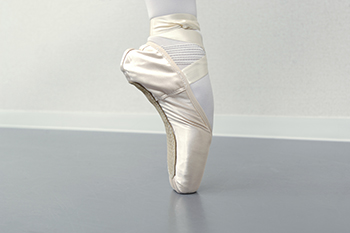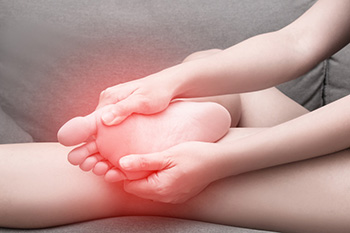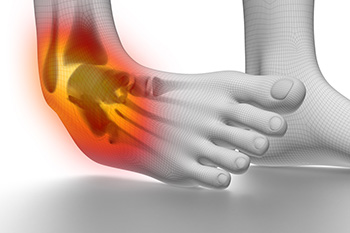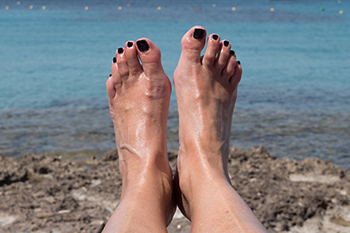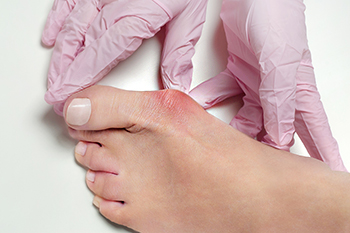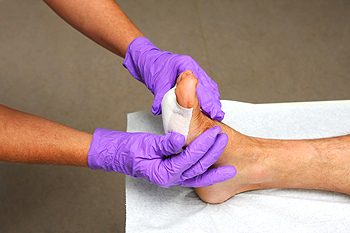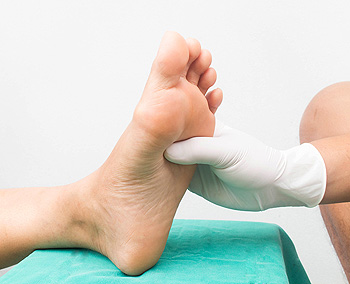
Many diabetics suffer from a related condition known as Charcot foot. It is caused by peripheral neuropathy, which is nerve damage and a loss of sensation in the lower legs and feet. Diabetics with Charcot foot may notice redness, warmth, and swelling of the feet, the condition also weakens the bones, soft tissues, and joints of the foot. As the disease progresses it may lead to fractures and dislocation of the ankle bones. Charcot foot can be detected through a physical examination, X-rays, and blood tests. The condition generally affects only one foot. Taking the weight off the affected foot is paramount in helping to keep symptoms at bay. The bones in the foot can easily collapse and if ignored can produce even more serious problems. In some cases, patients are directed to wear a special boot or cast to protect the foot. Orthotic inserts in shoes are often helpful in providing the needed cushioning. If you are experiencing symptoms of Charcot foot, it is suggested that you consult a podiatrist as soon as possible for an exam and diagnosis.
Neuropathy
Neuropathy can be a potentially serious condition, especially if it is left undiagnosed. If you have any concerns that you may be experiencing nerve loss in your feet, consult with one of our podiatrists from Biebel & DeCotiis Podiatry Associates. Our doctors will assess your condition and provide you with quality foot and ankle treatment for neuropathy.
What Is Neuropathy?
Neuropathy is a condition that leads to damage to the nerves in the body. Peripheral neuropathy, or neuropathy that affects your peripheral nervous system, usually occurs in the feet. Neuropathy can be triggered by a number of different causes. Such causes include diabetes, infections, cancers, disorders, and toxic substances.
Symptoms of Neuropathy Include:
- Numbness
- Sensation loss
- Prickling and tingling sensations
- Throbbing, freezing, burning pains
- Muscle weakness
Those with diabetes are at serious risk due to being unable to feel an ulcer on their feet. Diabetics usually also suffer from poor blood circulation. This can lead to the wound not healing, infections occurring, and the limb may have to be amputated.
Treatment
To treat neuropathy in the foot, podiatrists will first diagnose the cause of the neuropathy. Figuring out the underlying cause of the neuropathy will allow the podiatrist to prescribe the best treatment, whether it be caused by diabetes, toxic substance exposure, infection, etc. If the nerve has not died, then it’s possible that sensation may be able to return to the foot.
Pain medication may be issued for pain. Electrical nerve stimulation can be used to stimulate nerves. If the neuropathy is caused from pressure on the nerves, then surgery may be necessary.
If you have any questions, please feel free to contact one of our offices located in Holmdel and Middletown, NJ . We offer the newest diagnostic and treatment technologies for all your foot care needs.
